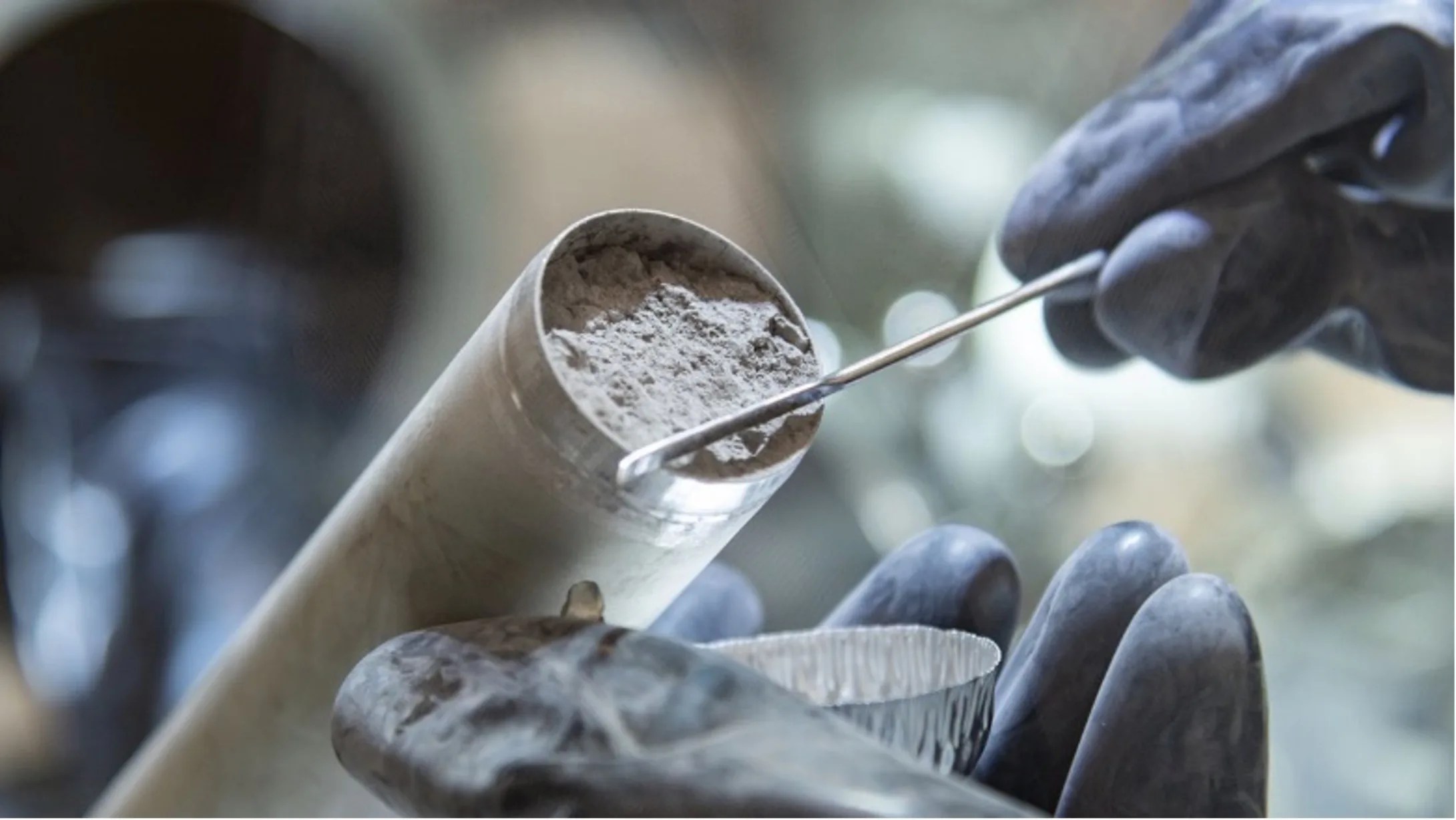Apollo Next Generation Sample Analysis (ANGSA)
Special samples returned during the Apollo Program have been stored under pristine conditions and remain unexamined. These samples include core samples sealed on the lunar surface, frozen samples, and samples stored in Helium. The Apollo Next Generation Sample Analysis (ANGSA) initiative was designed to examine these original, untouched samples that were wisely set aside in anticipation of future, greatly evolved investigatory capabilities. Now, 50 years later we can apply modern advanced instrumentation and processes to learn more than we were capable of observing in the Apollo era. Nine teams with over 50 scientists and engineers will participate in this initiative. This initiative is essentially a new and inexpensive lunar sample return mission that offers new perspectives on lunar volatile reservoirs and processes shaping the Moon. The results of this initiative will also provide a fundamental reference point for Artemis and future lunar exploration.

The goal of the Apollo Next Generation Sample Analysis (ANGSA) Program is to maximize the science derived from samples returned by the Apollo Program in preparation for future lunar missions anticipated in the 2020s and beyond. To achieve this, the 2nd ANGSA call will focus on small, high-value samples that are nearing their pristinity limit and would benefit from a consortium approach to maximize the science value of these precious samples. For more information, visit the ANGSA website.




